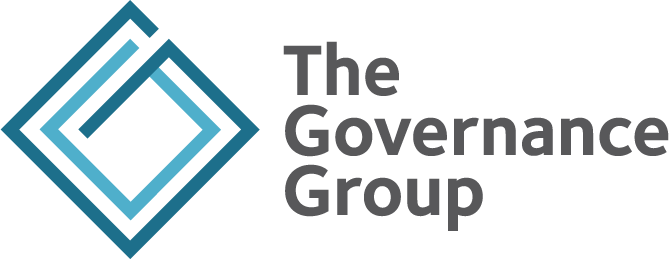What it is and how it works
Many Board meeting agendas include a long list of routine items such as previous minutes,correspondence, committee reports, the Chair and CEO reports. These items often take up much of the meeting without meaningfully advancing the Board’s work.
Most Boards believe, in order to fulfill their fiduciary duty, every item must be discussed. The reality is that every item needs to be reviewed, understood and adopted, but this doesn’t mean it has to be discussed. But reviewing and discussing each item separately often leads to long,
low-value discussions that satisfy only a few members’ curiosity. As a result, the Board spends much of its limited time on administrative details instead of the organizational issues that matter most. The outcome is frustration, inefficiency and delayed decisions.
Fortunately, there’s a better way to manage routine matters efficiently while still meeting fiduciary responsibilities. It’s called a Consent Agenda. When used properly, it streamlines meetings and frees time for real governance work.
What Is a Consent Agenda
A Consent Agenda consists of several items, packaged together, that are voted on without discussion. These items are usually routine matters that do not require explanation, clarification or discussion.
Items that can be part of a Consent Agenda include:
- The Chief Executive’s report;
- Committee reports that are primarily intended as information updates;
- Routine items, such as compliance requirements that the Board approve the budget of one of the organization’s sponsored programs or projects, payment of the annual fee for membership in the provincial organization, and so on;
- Monitoring reports;
- Minutes of previous meetings; and
- Routine correspondence.
How Does It Work
The purpose of the Consent Agenda is to eliminate the need to take up valuable Board time on items that truly do not require discussion because they will receive automatic approval.
Steps involved in working with a Consent Agenda:
- The Directors agree on what can be included in the Consent Agendas at their first meeting of the year. This provides guidance to the person or persons responsible for assembling the Board’s draft agenda.
- Any items that meet the Board’s criteria can be placed in the Consent Agenda.
- Five to seven days in advance of Board meeting, the draft agenda (and any accompanying documents and reports) gets distributed to all Board members.
- Board members review the agenda, including the Consent Agenda.
- If a Board member has concerns or questions about the recommendation pertaining to a certain item, they can request that this be removed from the Consent Agenda. This request is directed to the Chair and should be made in advance of the meeting.
- In such an instance, the Chair removes the item from the Consent Agenda and it is placed on the regular agenda for discussion.
After the approval of the regular agenda, the Chair asks for approval of the Consent Agenda. The Board then votes on the Consent Agenda items as a whole. The vote should be unanimous since items of concern or troublesome to any Board member will have been removed.
Sample Consent Agenda:
- Minutes of previous meeting
- Monitoring reports (may include Financial Statements)
- Regular correspondence
- Chair’s report
- CEO’s report
- Task Group & Committee Progress reports
- Approval of delegates to Provincial conference
- Date for Board Orientation and Strategic Planning Retreat
- Finalized policy documents
The Consent Agenda can contain any report that is for the purpose of updating the Board or for providing them with information that does not need or require discussion. By adopting a Consent Agenda, Boards can spend less time on routine approvals and more time fulfilling their true governance role.
Think your organization needs help setting up a Consent Agenda? Please feel free to reach out. Make sure to check out our free resources or get in touch with us for tailored support.
